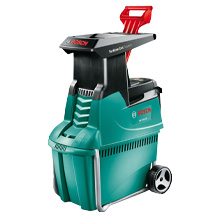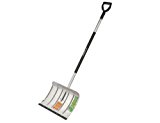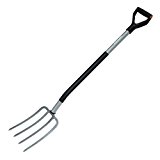Cordless leaf blower purchasing advice: how to choose the right product
- The most important in a nutshell
- While battery-only leaf blowers blow the leaves forward so they can be collected and picked up, cordless leaf vacuums suck the leaves in and collect them in a catch bag.
- Combination units combine both functions and are sometimes even equipped with an integrated leaf shredder.
- When buying, pay particular attention to the battery power, the range of functions and the operating volume.
The convenient alternative to the classic rake
Autumn is the time when the trees show themselves in a colorful dress. What looks beautiful, however, also brings a lot of work. Because whether on the street in front of the house or in your own garden, the fallen leaves have to be removed. But picking up the leaves with a broom or rake is tedious. While leaf blowers with gasoline engines are loud and heavy, cordless leaf blowers do their job much more quietly and flexibly. Battery leaf blowers can even be strapped to the back. Collecting the leaves is thus easy and simple. But what are the differences between the available devices? And what should you look out for when buying one?
The advantages of battery-powered leaf blowers
Battery-powered devices are the most modern variant of leaf blowers. While municipal operations often use gasoline engines to power the blowers, battery-powered devices operate cleanly and comparatively quietly. They are also exceptionally light, which relieves the strain on the back during work.
The battery version is also more practical than its electric counterpart, the corded electric leaf blower. A battery-powered device can be operated wirelessly. It comes with a charger through which the battery must be charged. Experience shows that leaves need to be gathered over longer distances, especially on the road. A cable just gets in the way.
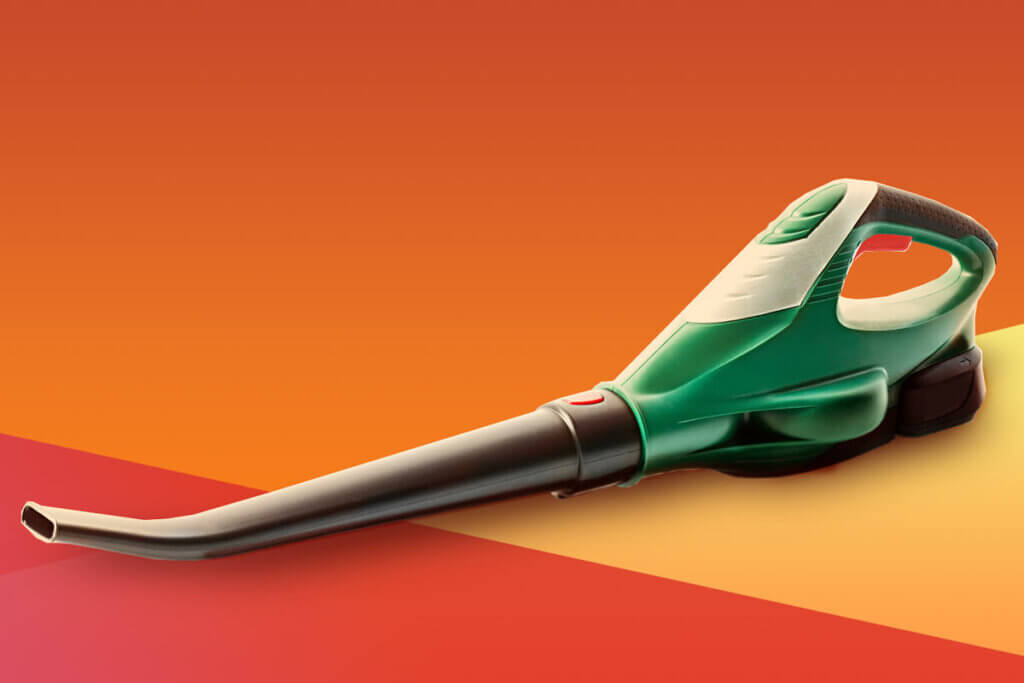
The main advantages compared to gasoline or corded equipment:
- Easier handling
- Lower noise
- Odorless operation
- Maximum freedom of movement
- Lower dead weight
The types at a glance
There are various devices available on the market for removing leaves: from leaf blowers or leaf blowers to leaf blowers and leaf vacuums. There are three types of leaf blowers. Each type is available with different drive technology, i.e. with battery, cable or gasoline.
Pure battery leaf blower
Classic leaf blowers create a stream of air that is directed outward through a pipe. The devices blow the leaves forward and drive them together so that they can be collected more easily. Although users can blow leaves over many meters in this way, they still have to collect the leaves themselves by hand.
Leaf blowers are also suitable for removing smaller leaves and loose debris from the front yard or garden. For example, if there are individual leaves scattered on a beautifully landscaped gravel area, the leaf blower is the right tool to clear the gravel area of all leaves and loose plant parts in the shortest possible time.
Advantages
- Easy handling
- Low dead weight
- Flexible use
- No danger for animals
Disadvantages
- Leaves must be picked up by hand
2-in-1 combination devices
2-in-1 devices can be used either as leaf vacuums or leaf blowers. However, many devices have to be converted before the functions can be changed. Leaf vacuums work in reverse, i.e. they do not blow, but suck. The leaves are sucked in and collected in a collection bag. This sounds practical at first, but it has the disadvantage that not only leaves, but also animals and ornamental plants (for example, flowers) can be accidentally sucked in. The bag is also limited in its capacity and must be emptied correspondingly frequently.
Advantages
- Can both suck and blow
- Leaves are collected in a catch bag
- Flexible use
Disadvantages
- Before changing the function, many devices must be converted
- Catch bag must be emptied often
- Risk of animals being sucked in
- Expensive compared to pure leaf blowers
3-in-1 combination devices
These devices combine three functions in one: vacuuming, blowing and shredding. If they are used as leaf vacuums, an integrated shredder shreds the leaves before they are collected in the catch bag. With these devices, there is a risk that animals may be accidentally sucked in and even killed immediately in the shredder.
Advantages
- Wide range of functions
- Leaves are shredded and collected
- Versatile use
Disadvantages
- Before changing the function, many devices must be converted
- Animals can be sucked in and killed
- Expensive compared to pure leaf blowers
The different types of drives
Even though we are primarily talking about cordless leaf blowers, for the sake of completeness we would like to compare the different drive types once again. All device types are available with three different drive types:
- Battery-powered tools: Garden tools with rechargeable batteries are particularly practical. Although they must be charged before use, they can be used freely without a cable. They are somewhat more expensive to purchase.
- Electric leaf blower: Electric leaf blowers with a cable are cheaper than models with a battery, but their operating radius is limited by the length of the cable. The radius can be extended with a cable drum, but handling is still very cumbersome in practice.
- Gasoline leaf blower: gasoline-powered devices have a powerful performance, but are very noisy and cause an unpleasant odor. Maintenance and filling of the gasoline engine are also costly. Another disadvantage is the high dead weight.
This is what matters when buying
The battery-powered leaf blowers available on the market differ in terms of their performance and additional functions. The following are the most important technical data to look out for when making a purchase.
The air speed
Manufacturers specify the air speed in kilometers per hour (km/h). It refers to the outflowing air: the faster the air shoots through the blower, the more powerful the leaf blower. The effectiveness and power of the motor are measured by this value.
The weakest units in the test achieve an air speedof 190 to 200 kilometers per hour. Although dry leavescan be removed without any problems with these often lower-priced entry-level machines, the models reach their limits when it comes to wet leaves.
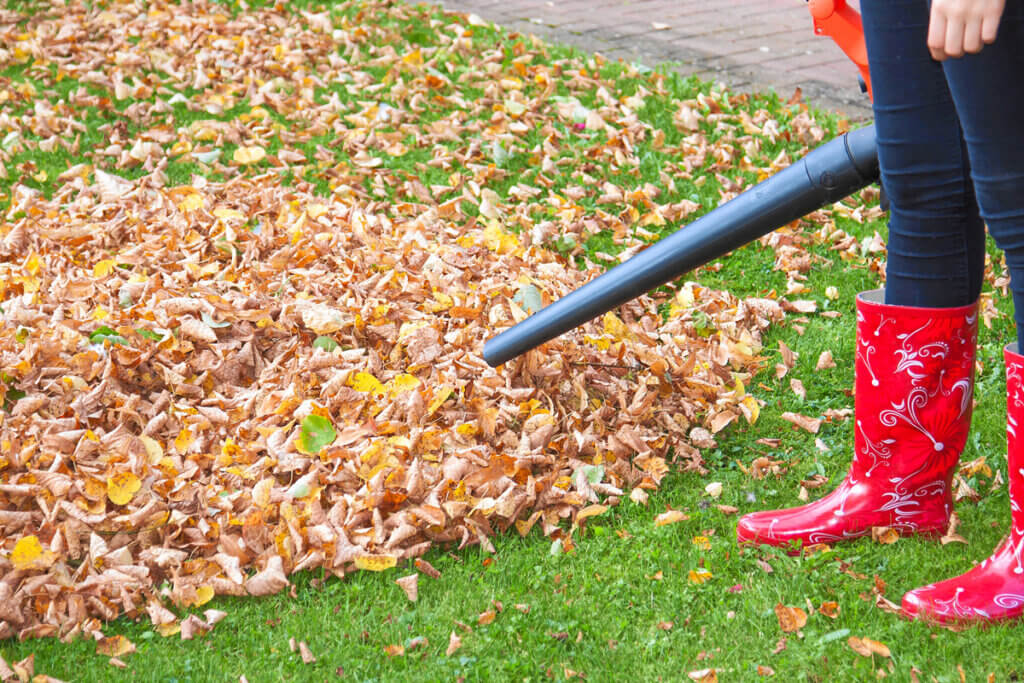
From an air speed of 250 kilometers per hour, it is possible to blow away even damp leaves. The best leaf blowers reach an air speed of up to 335 kilometers per hour. With such premium models, it is possible to move even rain-soaked leaves without any problems. But the speed of the airflow is not only noticeable when the leaves are wet. Even if the leaves are stuck on grass or in hedges, the weaker devices reach their limits.
Adjustable gear shift
The strength of the air flow can be regulated via a type of gear shift. This allows the amount of energy used to be adapted to the application. If dry leaves are blown on level surfaces, a lower gear is sufficient. For wet leaves, on the other hand, the highest gear can be selected. The advantage lies in the more efficient use of energy, which means that the battery life is ideally longer. The operating noise can also be adjusted in this way.
The volume
In principle, the manufacturers specify the volume at maximum operation. Two specifications are common, namely the sound power leveland the sound pressure level. To be able to compare the volume development of the available devices, pay attention to the exact designation. For example, the sound power level refers to the volume that the leaf blower produces directly. The sound pressure level, on the other hand, refers to the volume directly at the user’s ear. The sound pressure level is therefore the more suitable value for evaluating the actual volume during use.
Hearing protection recommended
Cordless leaf blowers can reach a volume of 90 decibels or more. Hearing protection is recommended for noise levels of 80 to 85 decibels and above.
The battery
Lithium-ion batteries are usually installed in the electrical appliances available today. Compared to the outdated nickel-cadmium batteries, which contain highly toxic heavy metals, among other things, they are less harmful to the environment. They also have a longer service life. So-called cheap batteries from imitators are not recommended, as the original batteries from the manufacturer usually have a better performance and a longer lifespan.
The quality of the battery determines, on the one hand, the compatibility with other garden tools, and on the other – the maximum service life.
The compatibility
Cordless leaf blowers are sold both with and without a battery. The rechargeable battery with its charger accounts for about half of the purchase price of a brand-name device, for example from Bosch. Accordingly, differences in the rechargeable battery make themselves considerably felt in the purchase price.
When comparing prices, consumers should therefore be sure to check whether the battery is already included in the scope of delivery or has to be purchased separately. Those who already own one or more battery-powered power tools from a brand manufacturer should check whether the battery they already have is compatible with the leaf blower from the same manufacturer. In this case, they can fall back on a device without a battery and save a lot of money. Usually, rechargeable batteries are compatible only with brand manufacturers. It is usually not possible to operate a cordless leaf blower with a battery from another manufacturer.
The battery life
The battery runtime depends on various factors. On the one hand, the capacity of the battery determines the battery life, but on the other hand, motor power. The more powerful the leaf blower, the greater the capacity of the associated battery must be. The batteries of commercially available leaf blowers have a capacity of 1.5 to 2.0 ampere hours, which corresponds to the energy for 15 to 30 minutes of operation. However, there are also batteries with higher capacity available, which allow up to 30 minutes of operation.
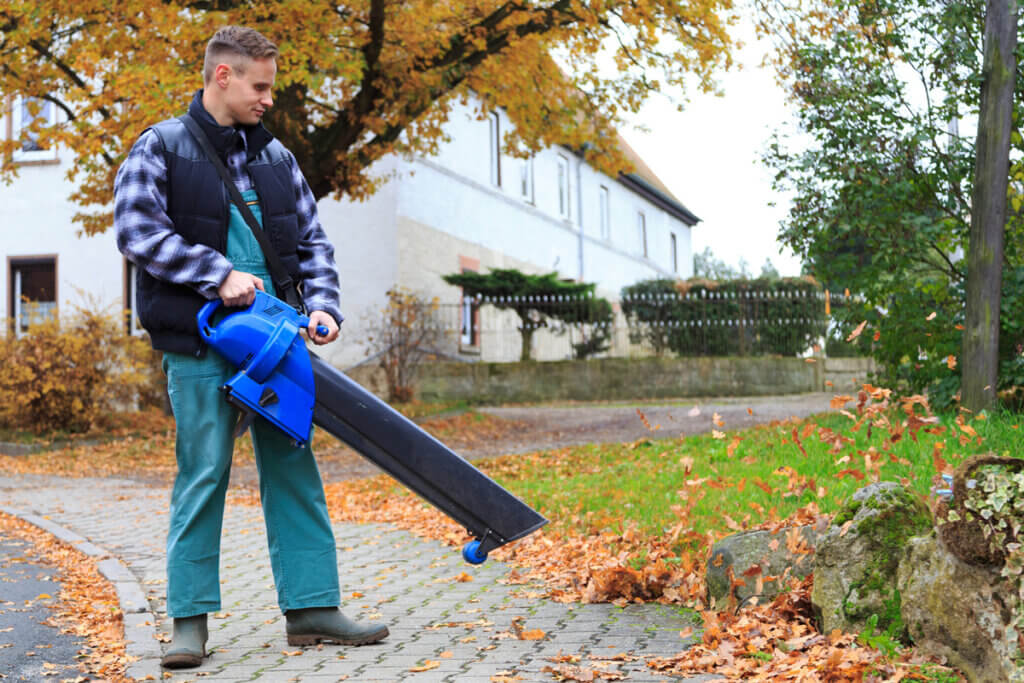
Tip: If the battery life is not sufficient, it is possible to buy a replacement battery. Changing the battery during work is possible with high-quality Laublesers in just a few steps.
The charger
Depending on the quality and type, charging the batteries takes different amounts of time. With the worst chargers, it takes over three hours until the battery is full. From experience, the chargers from brand manufacturers are faster: Charging only takes about 20 minutes with a good charger. The quality of the charger is particularly noticeable if the leaf blower is used frequently. For occasional use, a slower charger is sometimes sufficient.
Compatibility is a must
The charger must necessarily be compatible with the battery. When purchasing, make sure that the voltage (specified in volts) matches. Older batteries can sometimes not be charged in newer chargers, even if both come from the same manufacturer.
Tips and hints for use
In principle, the use of a leaf blower or a combination device with integrated leaf vacuum is simple. However, some safety aspects must be observed when using these garden tools in order to reduce the potential danger:
- Before cleaning, the devices must be disconnected from the power supply or battery.
- Always keep a sufficient distance to other persons, parked cars and animals.
- Special care must be taken when cleaning gravel surfaces: the air flow can whirl up stones that may cause injury. In the case of gravel surfaces, the size of the stones is important; if in doubt, approach the use with caution.
- Hearing protection is recommended for all equipment – even the quietest.
- Safety glasses protect the eyes from upturned dirt and stones.
- Wearing a respirator is recommended in case of heavy dust exposure.
- As a general rule, battery-powered electrical devices should not get wet. Leaf blowers should therefore be stored in a dry place and used in rainy or very humid conditions to avoid damaging the electronics.
- The collection bag must be emptied regularly before it is full to bursting. Otherwise, clogging will occur or the seams will be so stressed that the bag will tear. In addition, if it is not emptied after each use, the leaf debris in the bag may mold or rot.
Fig. 1: © tunedin / stock.adobe.com | Fig. 2: © Kathrin39 / stock.adobe.com | Fig. 3: © juefraphoto / stock.adobe.com
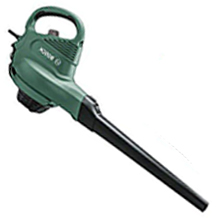
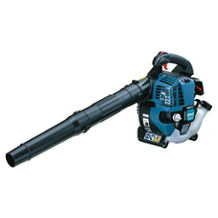
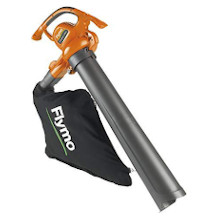
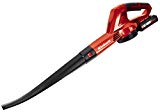
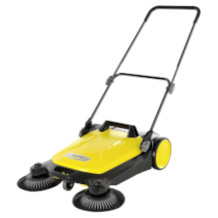
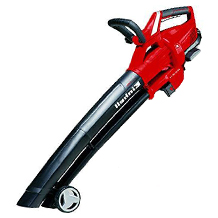
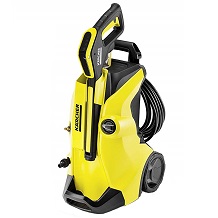
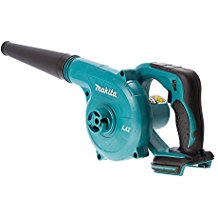
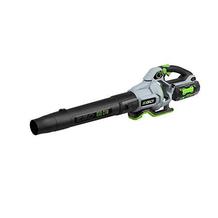
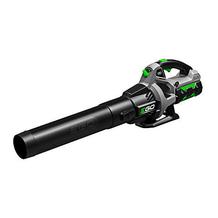
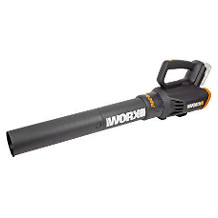
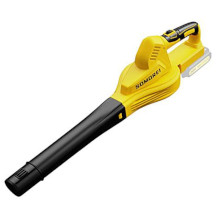

 3,016 reviews
3,016 reviews

